Madeleine Morley travels to Oslo and discovers the new two-year programme that’s reconsidering the role of public art in Norway’s capital city
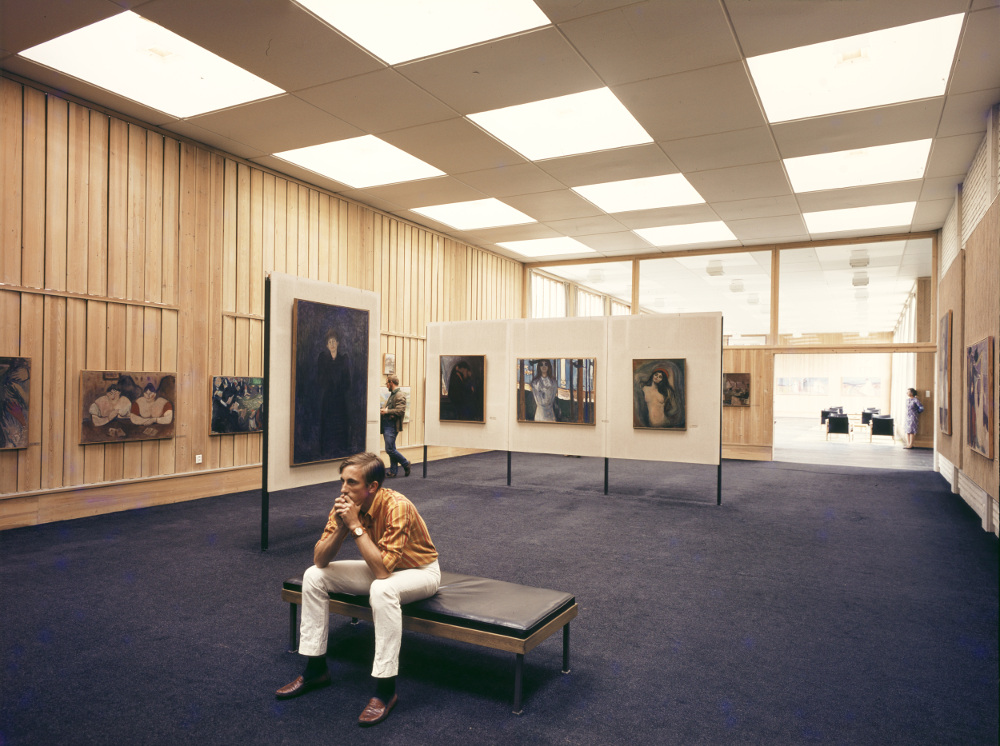
Opening out from Oslo’s centre, a myriad streets take you to public spaces, as is the case in most cities. Yet, unlike most other cities, there’s a new, cohesive plan for these areas: they will act as multiple stages for a new public art project boldly entitled Oslo Pilot.
Recently initiated by the City of Oslo’s Agency for Cultural Affairs, the two-year programme intends to reconsider the role of public art through a series of events, talks, installations and art projects, laying the research groundwork for a biennale that the Oslo Pilot curators, Eva Gonzalez-Sancho and Per Gunnar Eeg-Tverbakk, are organising in 2018.
The project developed out of a desire to do things differently; the art biennial format has become increasingly standardised, or so Oslo Pilot argues, so the initiative seeks to produce something born from the contemporary rhythms of the local community, from the pace, purpose and people of the city itself. They suggest that the art industry – its makers, writers, buyers, sellers and enthusiasts – routinely travel from city-to-city for biennale after biennale and, apart from taking a taxi from the airport to the exhibitions, there is often little chance to interact with the show’s surroundings Guests move from white lecture room to anonymous gallery space in a vacuum; Oslo Pilot seeks to rethink this separatist status quo. By commissioning work that’s intimately connected to public space, the artworks, lectures and words that Oslo Pilot curates will inevitably define where the city and its people are today.

When you fly into Oslo city airport in the heart of winter, and possibly throughout the year, you descend through a landscape so white that you can’t distinguish what’s ice and what’s cloud. If it weren’t for the thick tufts of forest that erupt from blankets of snow, you wouldn’t be able to tell where the mountains start, the sea ends or the sky begins.
It takes exactly 22 minutes to get from Oslo city airport, which is embedded in classic Norwegian landscape, to Oslo city centre. And the transition from country to city is a sudden one. You cut through a dark tunnel carved through the mountainside, shuttling from a world of pine trees heavy with snow to a scenery of fantastic glass towers that spring up next to the train tracks. These stark buildings make no secret of Norway’s relatively newfound wealth: the glitzy surfaces speak of oil – as does the plush tinkling of a grand piano player and the blazing, rose-gold fire pits that fill the station’s central hall.
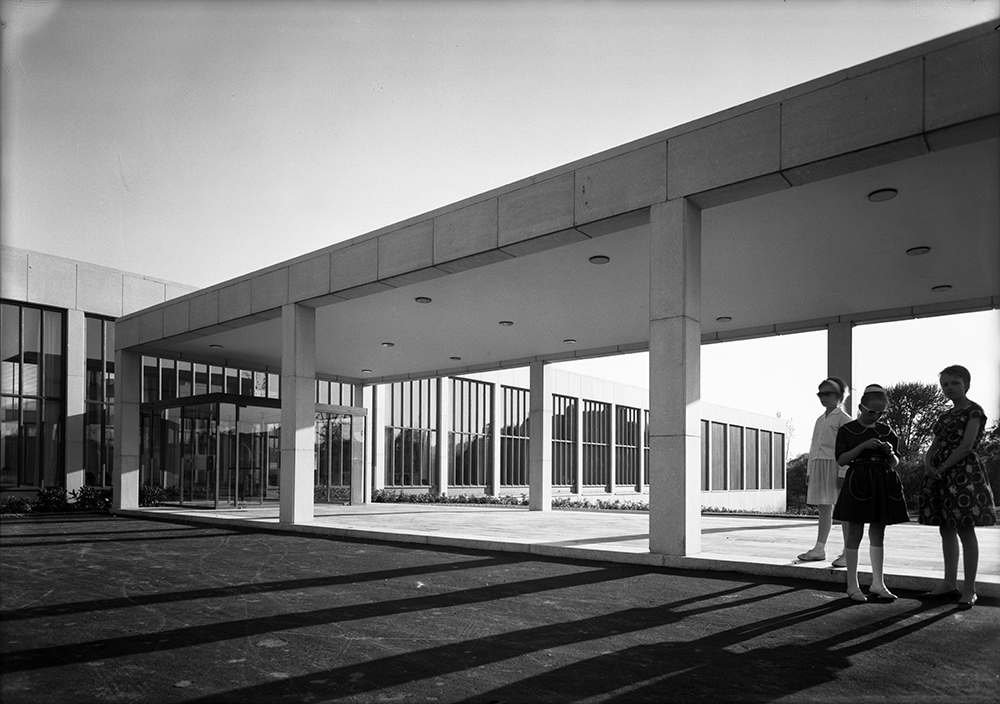
Step outside of the station and you’ll immediately see Norway’s Opera House designed by Tarald Lundevall, where silhouettes trudge slowly and obediently up a slope that will take them to the roof. You saw the ancient mountains from the plane; now in the capital, newer steel, glass and concrete mountains loom with science-fiction vividness.
One public space, or stage, just minutes from the Opera House has been recently filled by Oslo Pilot, the first of many projects that will sprawl in squares and along the side-streets over the next two years. Beside the elaborate House of Commons built in the 17th Century is this first commission: Marianne Heske’s House of Commons, built in 17th Century but moved to this icy public spot in front of parliament in 2015. The red-slat house could be mistaken for one of the structures you can see from the plane window – its relocation is a grand attempt to subtly remind the city of its own humble past and roots.
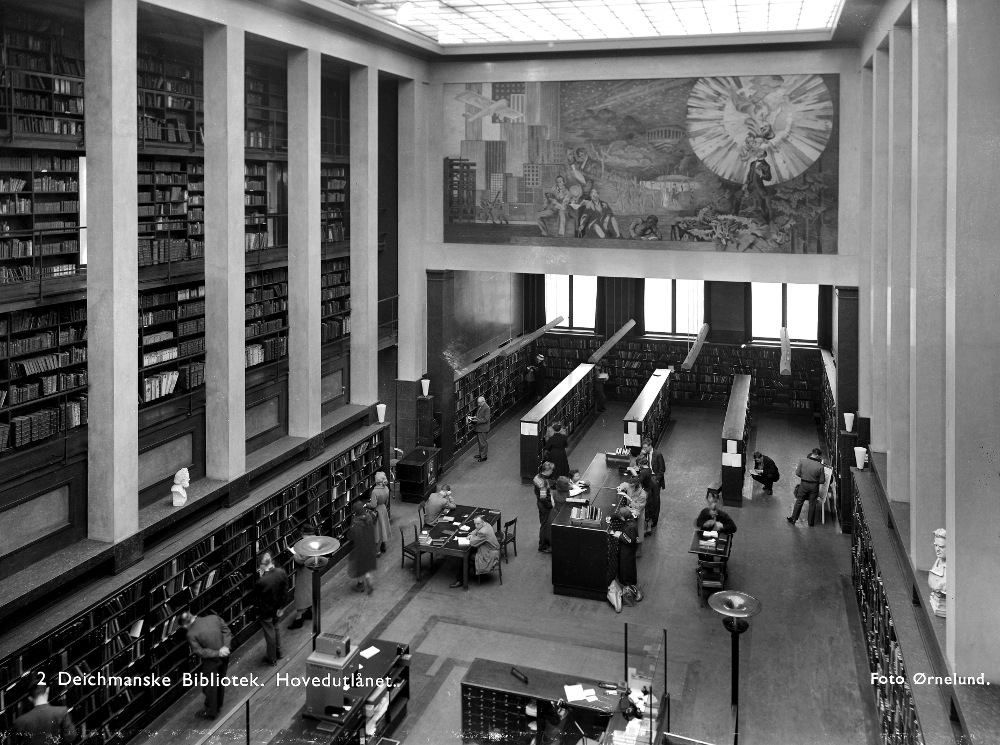
The first Oslo Pilot presentation and exhibition of 2016, launched January 21, 2016, articulates how a now modernistic sensibility is impacting the fabric of the city and its public spaces.
‘The City of Dislocation’, an extensive research project, examines why cultural institutions are being moved out of their current locations – historical buildings scattered throughout the city of Oslo – and alludes to the loss that neighbourhoods will experience as a result of these organisations merging and relocating to newly built facilities. Using pictures, newspaper clippings and a map of Oslo plastered around the Oslo Pilot Project Room, the project demonstrates how The National Museum, the Munch Museum, the Museum of Contemporary Art, the Museum of Decorative Arts and the public library are being moved from their current neo-classical homes to large, dominant buildings presently under construction.
One such site is the Fjord City project that will sit beside the dramatic Opera House on the waterfront; although movement and change is vital to the energy of a city, what concerns City of Dislocation curators Joanne Borthne, Vilhelm Christensen, Martin Braathen, and Even Smith Wergelad, is that there are no plans for what will happen to the old buildings when they’re left empty.
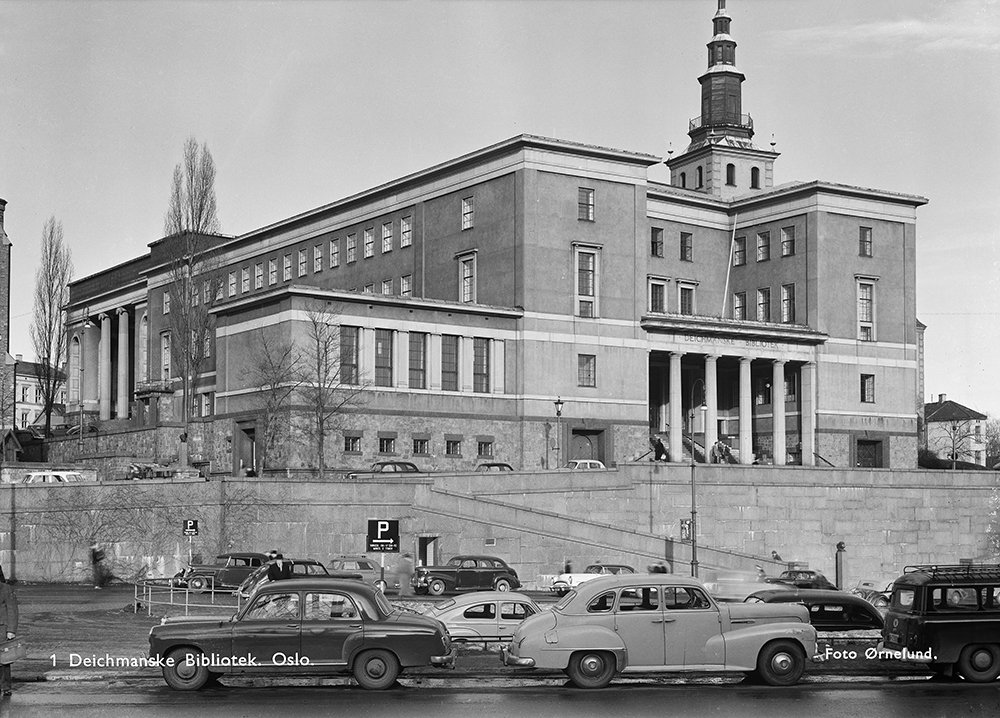
“My worry is that they’ll become hotels or luxury apartments and no longer retain their status as public space,” says Wergelad, an architectural historian. If these buildings get claimed for other, more commercial purposes, the stories contained in their architecture will be rewritten and potentially forgotten by the public too.
Built in the late 1800s and early 1900s after Norway gained independence, the small yet proud public buildings were a celebration of freedom, though as a poor country, the structures were small. Now, their modest size has become an embarrassment to many and developers are eager to create confident, international glass towers that reflect Norway’s current economic reality and position as European powerhouse.
Wergelad takes me on a walking tour to a few of the institutes that are going to be relocated. The Contemporary Art Museum is currently situated in a former bank built in 1900 – an art-nouveau creation with thick, textured blank bricks that harmonise with the towering, ancient mountains. Ten minutes up the road, there’s the National Art Museum, which houses Norway’s oldest collection in some dignity. It’s a building that was built for the art it houses, each archway and elaborate detail encasing the paintings hung on the wall. And while it makes sense that contemporary art should be moved out of a formidable old bank and into a sweeping, more accessible modern building, this neoclassical structure seems tied to the artworks that it shelters. That’s why the abandonment of the current National Art Museum is the most controversial.
On the way to the site, Wergelad and I bump into the head of the Architectural Association of Norway, who has been campaigning against the relocation of the national art collection, for years. “It’s good that The City of Dislocation and Oslo Pilot is bringing this to attention,” he says, “but it’s probably too late now.”
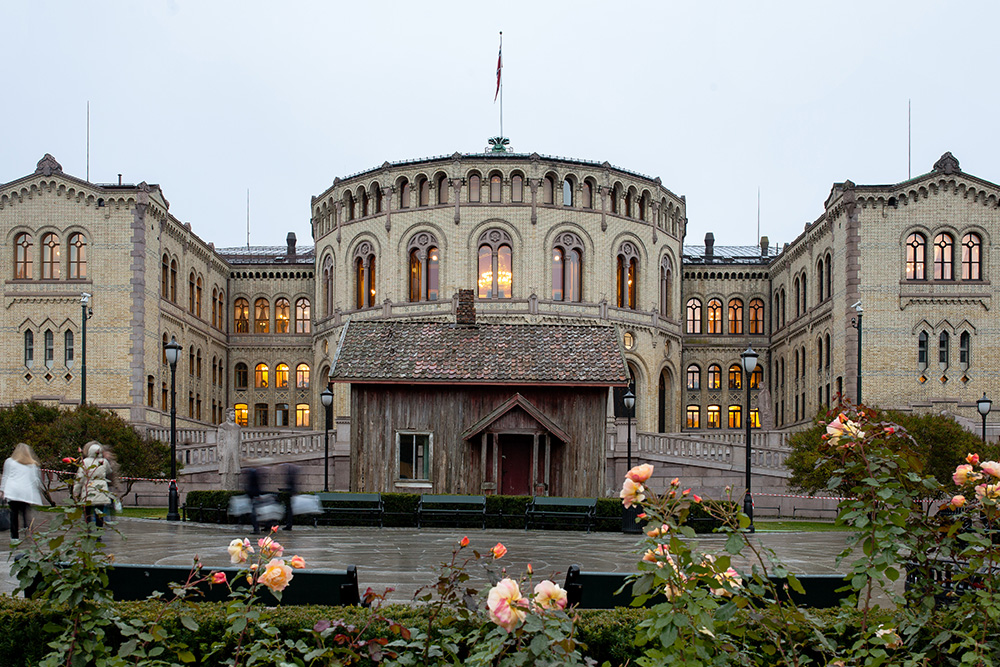
The role of public art is often about reflection and contextualisation. A public piece of art can be an enlightening visual manifestation that embodies a pervasive feeling or thought and brings a community together, or it can bring to light an ideal or tradition that has been forgotten. The City of Dislocation and The House of Commons articulate current feelings and bring the forgotten to wider attention. How much of an effect these pieces and others being commissioned by Oslo Pilot will have on the rampant changes of the city is still uncertain. Will they be just charming pin pricks dotted around the streets, appreciated and admired but ultimately unheard whispers, or will their resounding relevance shine through?
Oslo Pilot has a tireless programme of public art initiatives, research programmes, talks, commissions and events planned for the city, all of which investigate the function of art in public space. In Summer 2016, Siri Anker Aurdal will present her sculptures in Vigeland Park, and in August Norwegian artist duo Trollkrem will be organising a festival in the Ekeberg Park woods.
‘Moneyed newness’ threatens to separate the city of Oslo from its history but the real question is whether public art can repair these broken and fractured ties or will it become a minor, decorative part of the tourist trade.
Oslo Pilot is a two-year project investigating the role of art in and for the public realm




